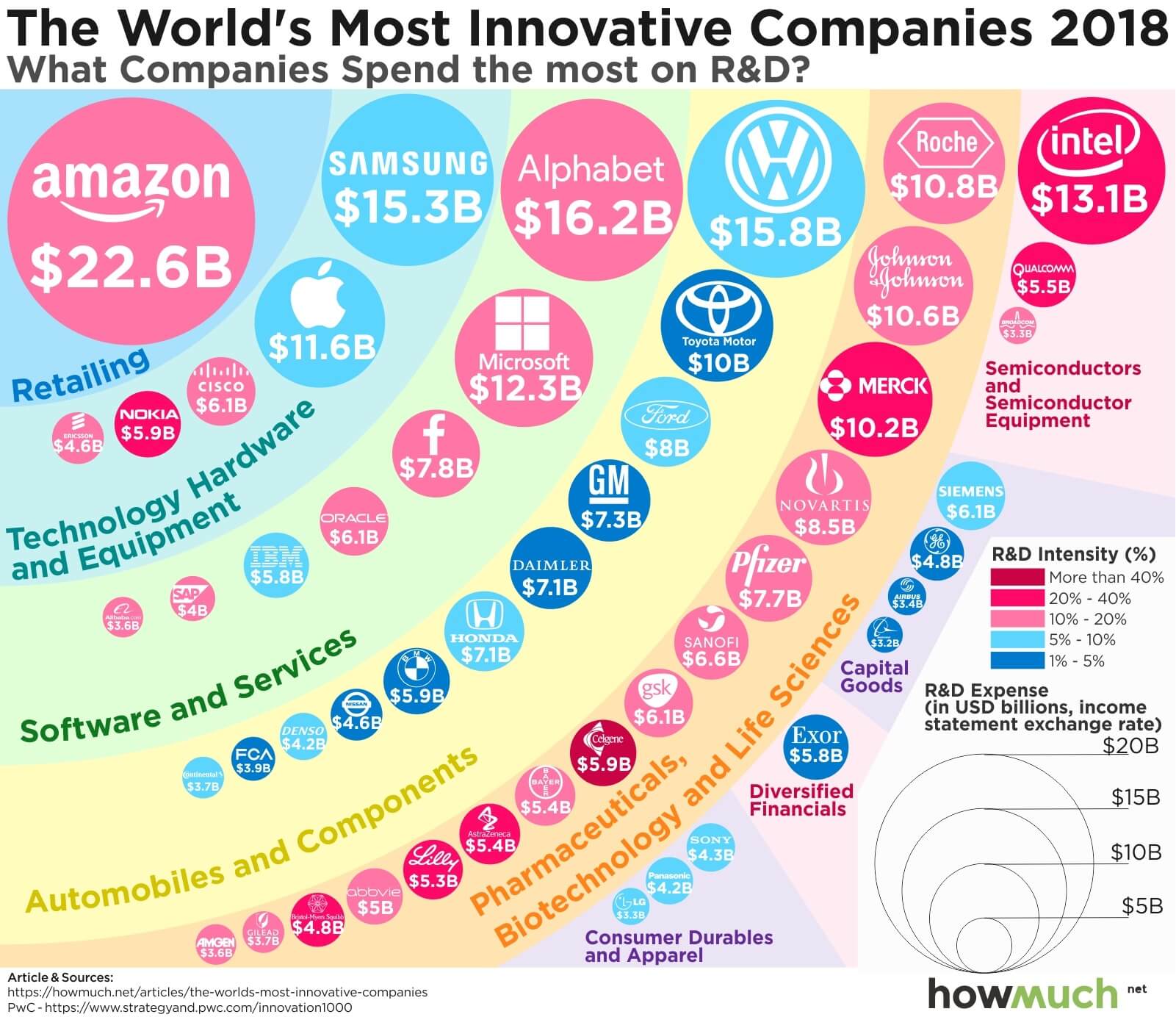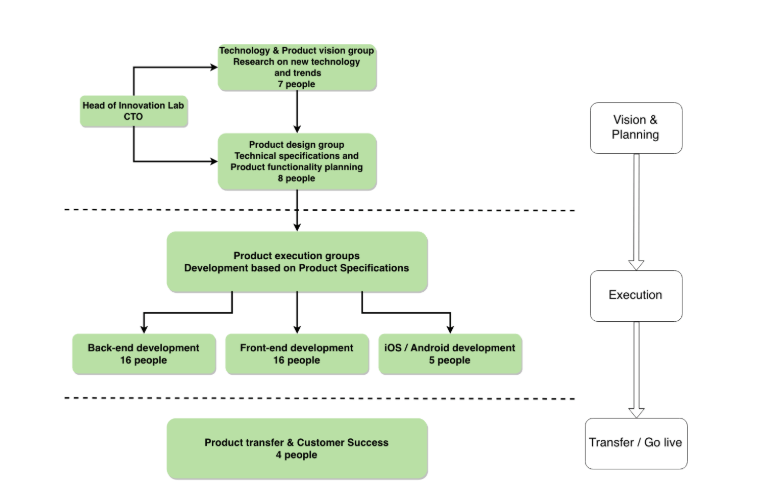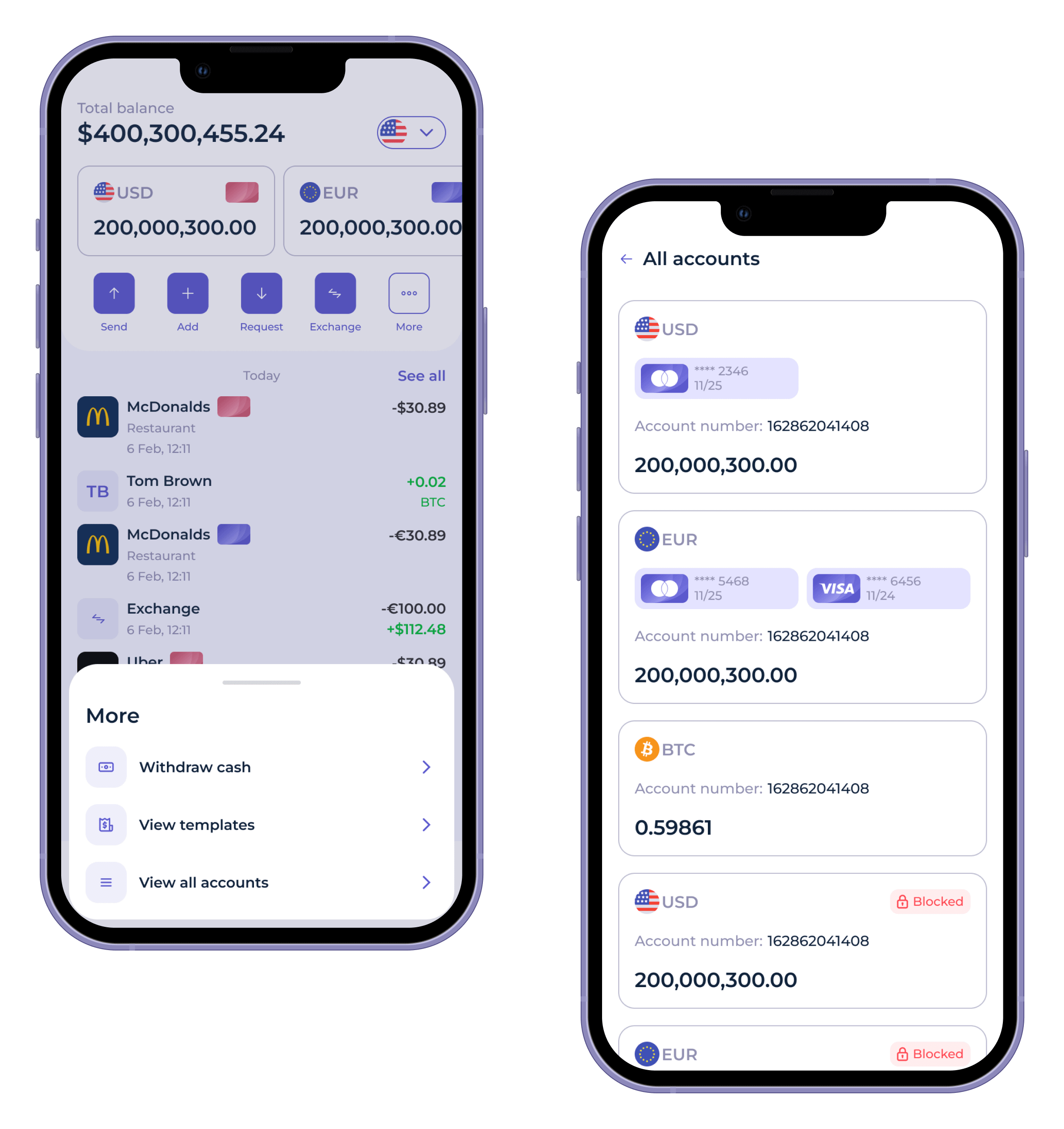In today’s rapidly evolving banking landscape, constant innovation and adaptation is required to stay ahead of the curve. As disruptive technologies, changing customer expectations and regulatory advances reshape the industry, establishing a robust research and development (R&D) department is paramount for banks to succeed.
An effective R&D department is the driving force behind breakthrough advances in banking. It leverages technologies and insights to increase operational efficiency, develop innovative products and services, and create a sustainable competitive advantage. However, building a strong R&D department in the banking sector is no small feat and requires careful planning, resource allocation and a culture of innovation.
The innovation challenge
The constant emergence of new technologies is changing the way companies operate in the financial industry. New ideas, approaches and advances are changing the world at an unprecedented pace, and not all companies caught in this whirlwind of innovation survive.
Newcomers entering the market with new technologies are seriously threatening even the most established players. Uber is displacing traditional cabs. Tesla is about to become the new Toyota. Google is eating into broadcasters’ advertising revenue. Amazon is about to overtake retail. Neo-banks like Revolut are attracting the younger generation and taking them away from traditional banks.
Existing banking products are becoming obsolete faster than ever before as new technologies are developed at an accelerating pace. Keeping up requires frequent redesigns, product updates and new features. Success and innovation require thorough preparation, which highlights the need for a strong research and development (R&D) department.
What’s an R&D department?
A dedicated research and development department is responsible for seeking knowledge to develop new products and improve existing products with new features. This part of the company’s operations explores ideas, products, and services that best align with the company’s strategy and business plan. R&D for Fintech includes areas such as blockchain technology, artificial intelligence, cybersecurity, and digital payment systems.
Whether entering a new market or completely revamping a product, an R&D department conducts a detailed study to obtain reliable data to support the project. The research paves the way for product development, where a prototype is tested to ensure that the new product meets the project requirements.
Why invest in R&D?
A well-run R&D department generates insights and products that allow companies to perform in some way that their competitors cannot replicate. If R&D efforts focused on enhancing existing offerings lead to an improvement in business operations like cutting marginal costs, for example, then a firm gains a competitive advantage.
“I believe in innovation and that the way you get innovation is you fund research and you learn the basic facts.” – Bill Gates
Successful R&D initiatives enable companies to develop better marketing strategies for new product lines or features that increase customer loyalty and market participation. Innovative approaches can increase market share by offering customers a new experience. Consequently, R&D for fintech plays a critical role in driving innovation and shaping the future of financial technology solutions.
By researching, prototyping, and testing ideas before launch, an R&D department can separate weak ideas from truly innovative ideas without exposing a company to unnecessary risk. Although some projects take more time to research than others, the potential of an R&D department generally justifies the investment.
How R&D leads to success
R&D is one of the main reasons behind the long-term success of startups and tech giants alike. The strategic decision to invest more in R&D than the competition yields higher rates of growth, better market penetration, and innovative products.

Atlassian, the company behind issue tracking software JIRA, reinvests around 36% of their sales revenue in R&D, and it is paying off. Unlike some Silicon Valley companies who rely on sales staff to sell their products, Atlassian has used R&D to deliver more value to their customers for every dollar they spend on their product.
As a result, the company has a loyal and growing audience that is happy to buy new products with one of the lowest customer acquisition costs among the competition. R&D for fintech also fosters experimentation and iterative development, allowing companies to refine their offerings and drive continuous improvement.
R&D is highly beneficial not only to young companies but to established corporations as well. 3M, a company well known for its scotch tape and post-it notes, has used R&D to revive its business after years of sluggish growth, layoffs, and cost-cutting.
The then-new CEO, Sir George Buckley, renewed R&D efforts to spur innovation and grow revenues that came from products introduced in the last five years. The results speak for themselves: in 12 years, 3M’s stock more than tripled in value, and today, the company produces over 3 thousand patents annually.

How to set up your own R&D department in banking?
Like all strategies, any R&D initiative must start with a surprisingly complicated question: “How do we intend to win?” According to Gary Pisano, a professor at the Harvard Business School, the answer lies in understanding four strategic categories: architecture, processes, portfolio, and people.
- Architecture refers to how an R&D unit is structured organizationally and geographically. What will it focus on? Is it a centralized or an autonomous unit?
- Processes relate to how your R&D activities are managed formally and informally. Management systems, project governance, and task sequencing.
- Portfolio concerns the resource allocation and criteria used to sort, prioritize, and select projects as well as how much time will be dedicated to them.
- People are a crucial part of any R&D initiative. How are you going to attract the right talent? Do they share your vision? What mix of generalists vs. specialists will you rely on? What technical background do you require for your projects? Can you source the talent locally?
Building an R&D department from scratch is a colossal undertaking that requires high and long-term investment. Starting an R&D initiative in a fast-growing market, for example, may be a fruitless endeavor because while you are setting up shop, newcomers may rush ahead with new products. Revolut and N26 are perfect examples of how new technology can eat into the incumbents’ market share.
Often, the expertise you are looking for already exists and can be acquired externally. Even tech giants with nearly infinite resources choose to make dozens of acquisitions every year instead of doing in-house R&D for fintech. Buying companies and their R&D is usually less risky than generating your own insights because the work has already been done.
FinTech Innovation Lab
FinTech Innovation Lab is an R&D unit that focuses on developing comprehensive technologies that will transform the future of banking – API, artificial intelligence, machine learning, Internet of Things, M2M payments, fog and quantum computing, voice interfaces, natural language processing.
The corporate structure of the Innovation Lab
The preliminary size of the Innovation Lab is estimated to be 70 people. Four main divisions will handle the full cycle of product development – from research to operations.
- Technology & trends research
This product vision group studies current trends, scientific research, and best corporate practices. Using this knowledge, the group prepares a high-level vision of a potential product.
- Product design
This group is tasked with answering the question: “How do we implement the idea?” The result is a highly detailed product specification ready for implementation by engineers.
- Execution
The biggest part of the Lab consists of 3 main teams of designers and engineers for back-end, front-end, and application development. The teams operate on strict time and budget guidelines to build products.
- Product transfer & support
The last team is responsible for an efficient product knowledge transfer to a bank and support during a product’s life cycle.

Would you like to learn more about Innovation Lab for the bank?
SDK.finance can help you to establish an Innovation Lab. Our team possesses extensive expertise and experience in assisting organizations in establishing the Innovation Labs. An Innovation Lab serves as a dedicated space and team focused on research, development, and experimentation with new technologies and ideas within the financial industry.
Learn how the SDK.finance team can help you set up an Innovation Lab:
- Experience in FinTech innovation. SDK.finance has a deep understanding of the FinTech industry and a proven track record of developing innovative solutions. SDK.finance’s team can provide industry insights, trends and best practices to ensure your Innovation Lab is aligned with the specific needs and dynamics of the financial sector.
- Technology and infrastructure. Setting up an Innovation Lab requires the right technology infrastructure to support experimentation and prototyping. SDK.finance can provide the necessary technology stack, including software development frameworks, APIs, and cloud infrastructure tailored to your innovation goals. This enables rapid development and testing of new ideas in a controlled environment.
- Technical expertise and support. The SDK.finance team consists of experienced developers, architects, and product specialists who have a deep understanding of fintech solutions. They provide technical guidance, support and knowledge transfer to your team and ensure a smooth transition in setting up and running the Innovation Lab.
By cooperating with SDK.finance, you can leverage their knowledge and capabilities to set up an effective Innovation Lab tailored to your specific needs and goals. Contact us to discuss your payment product development vision.


